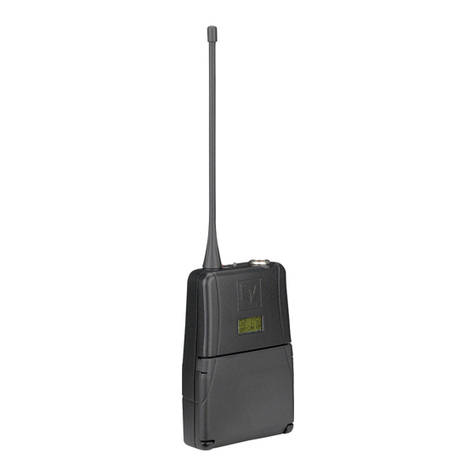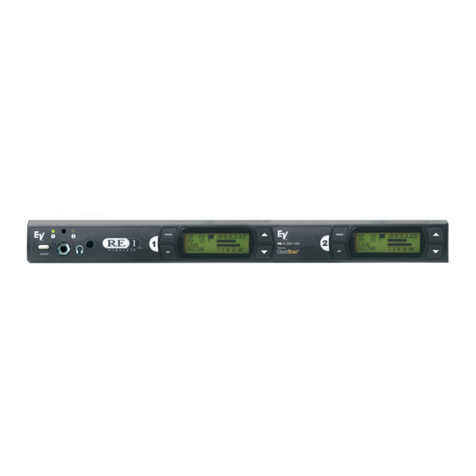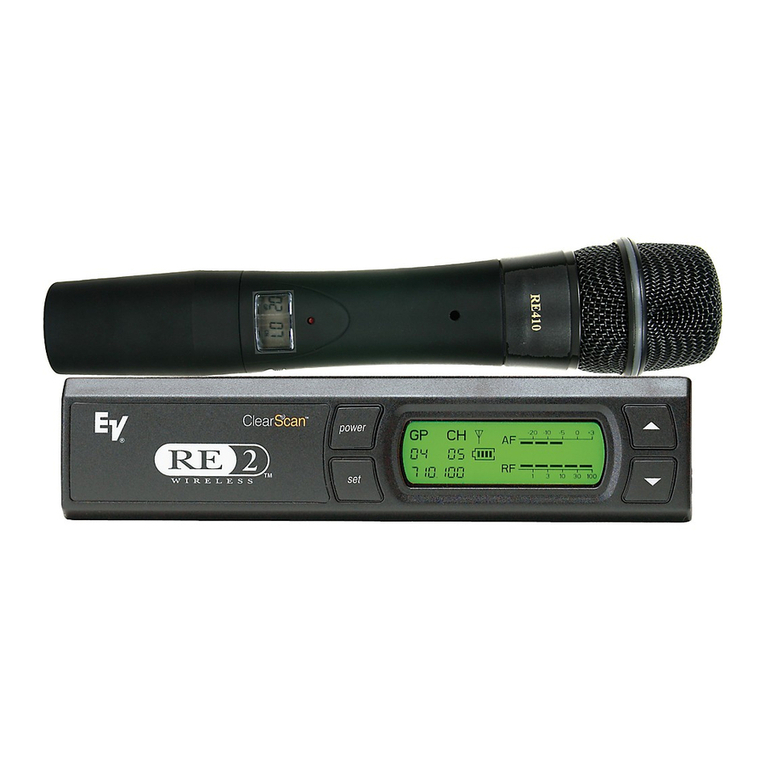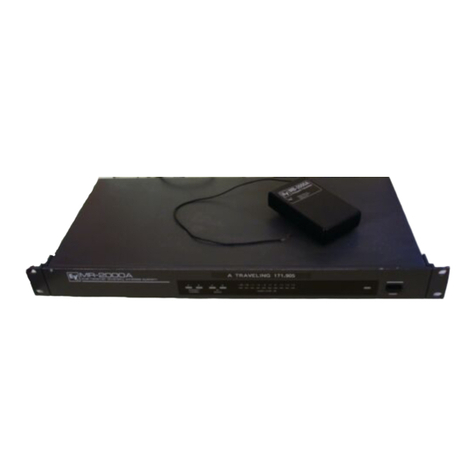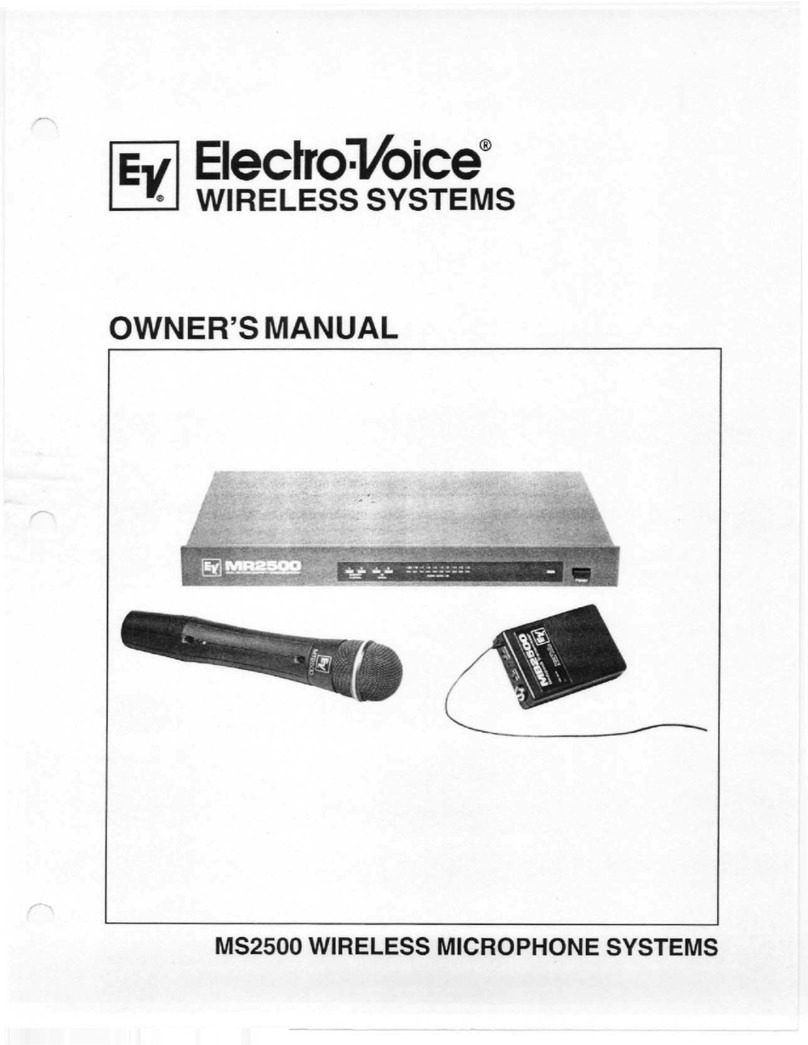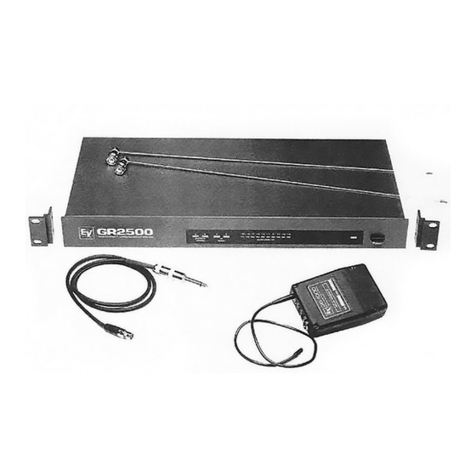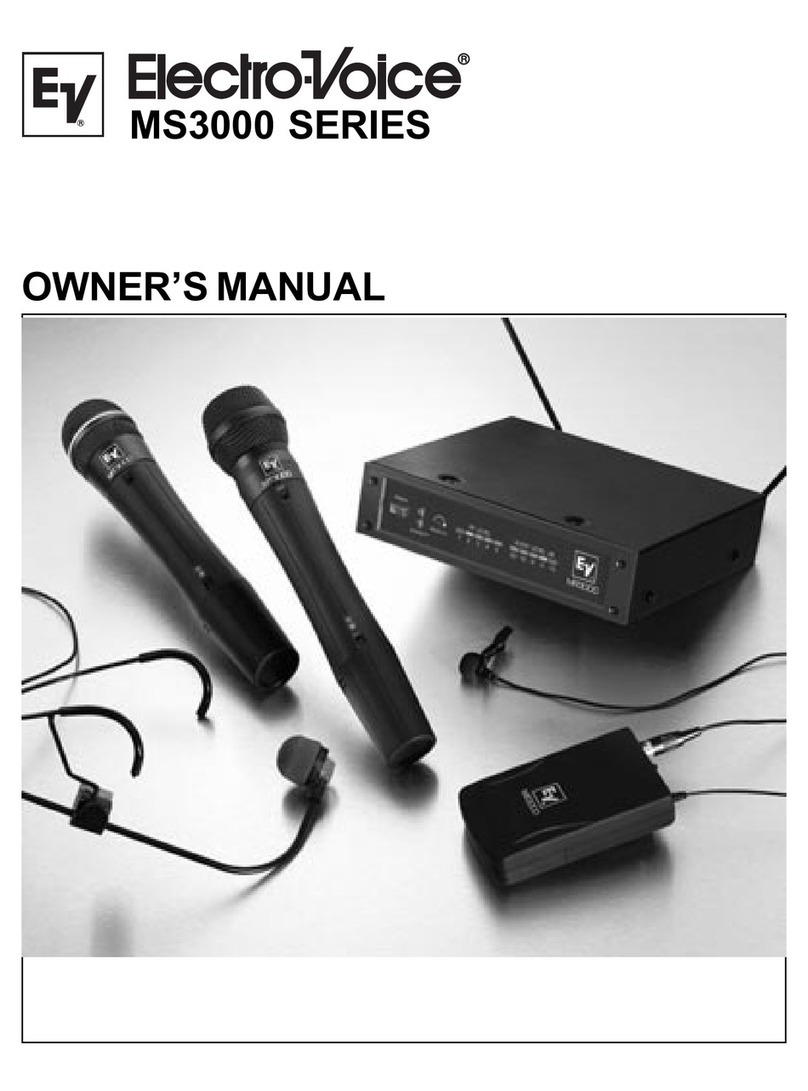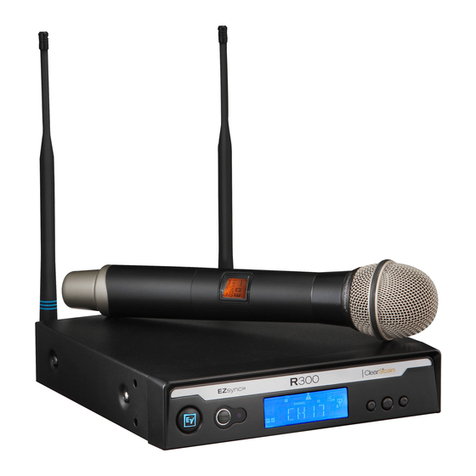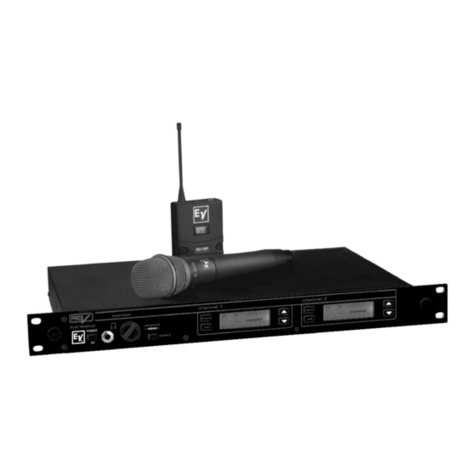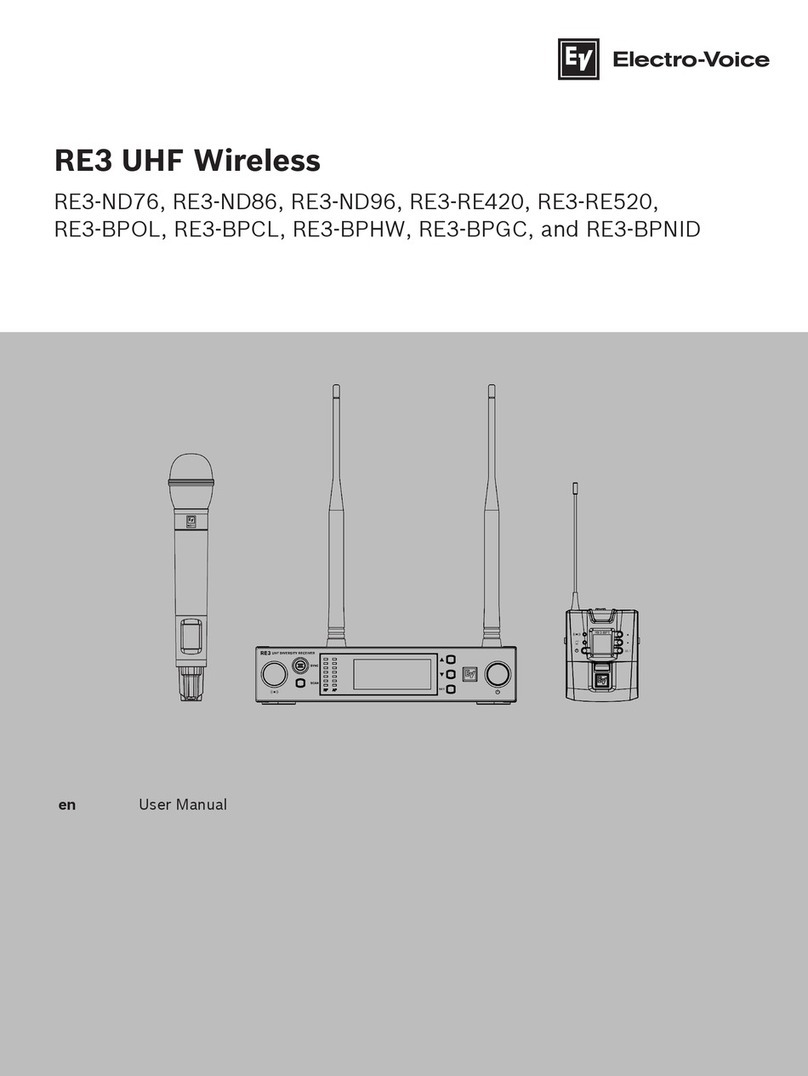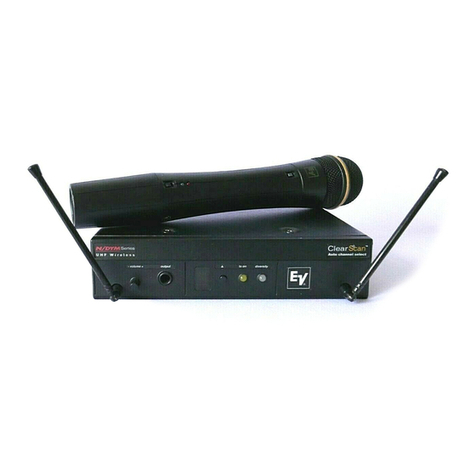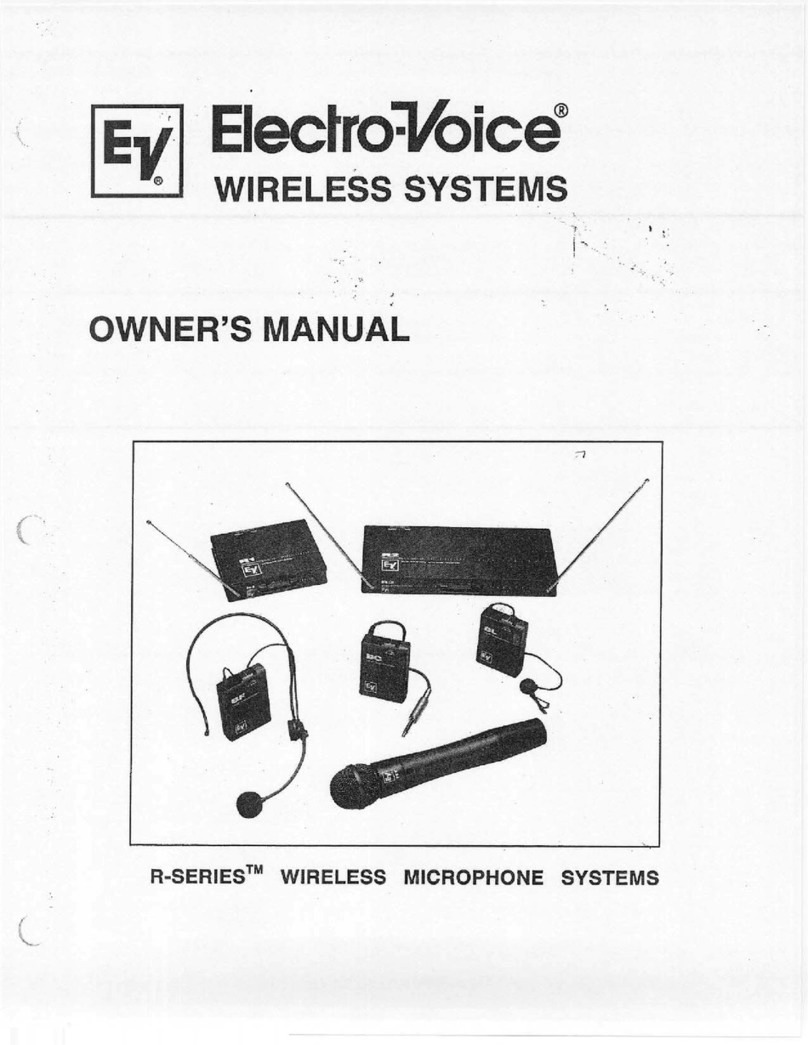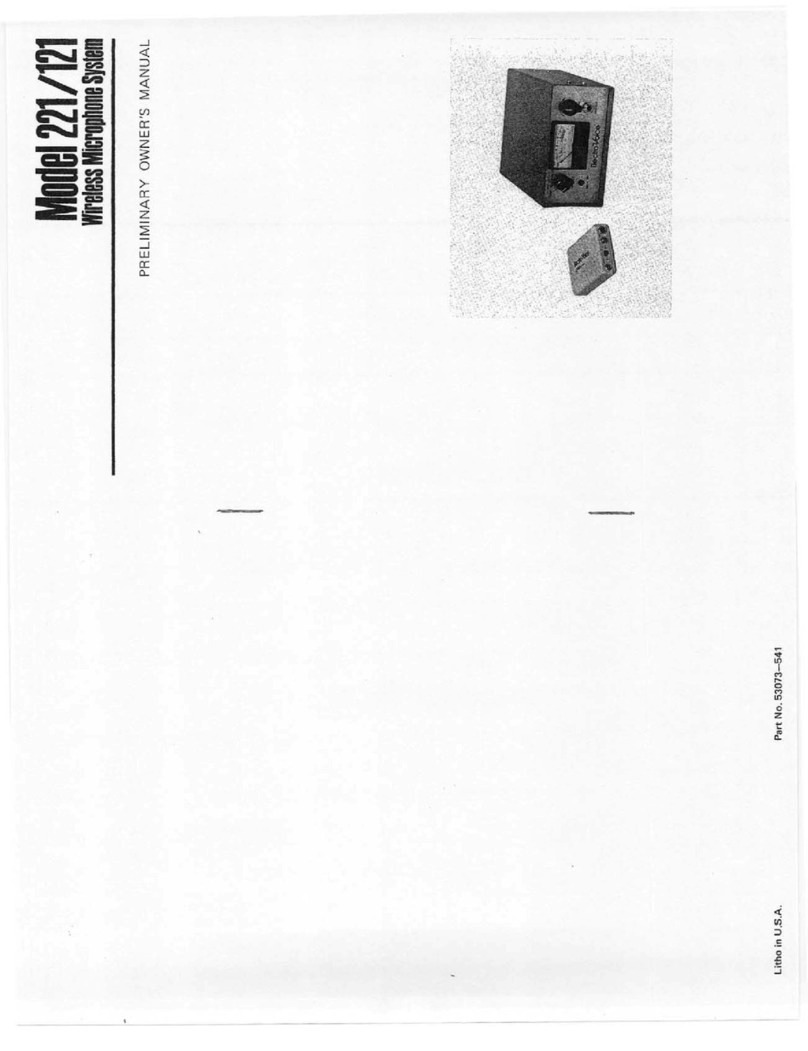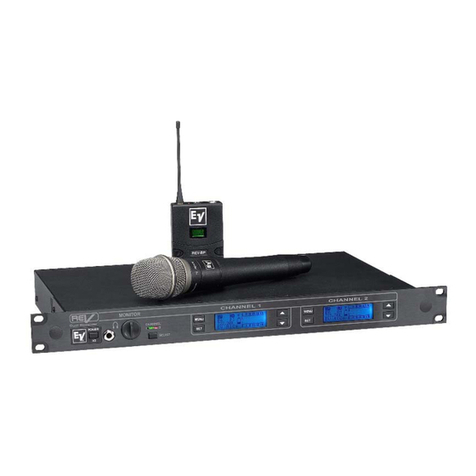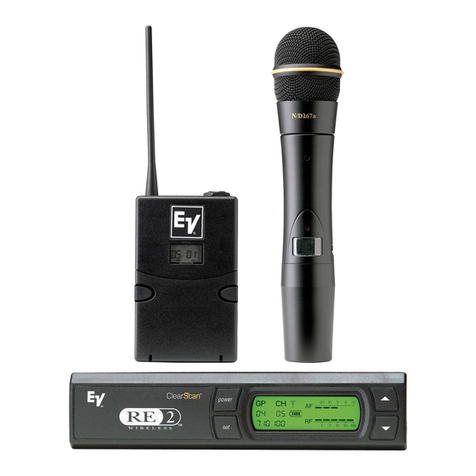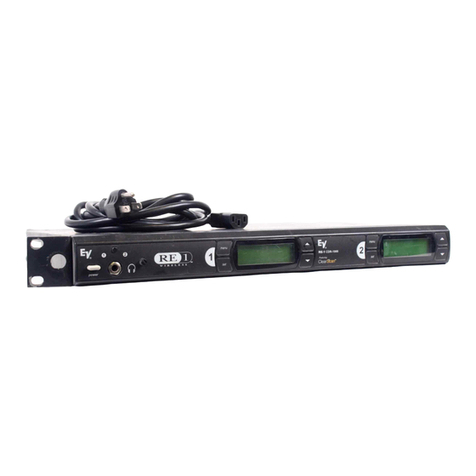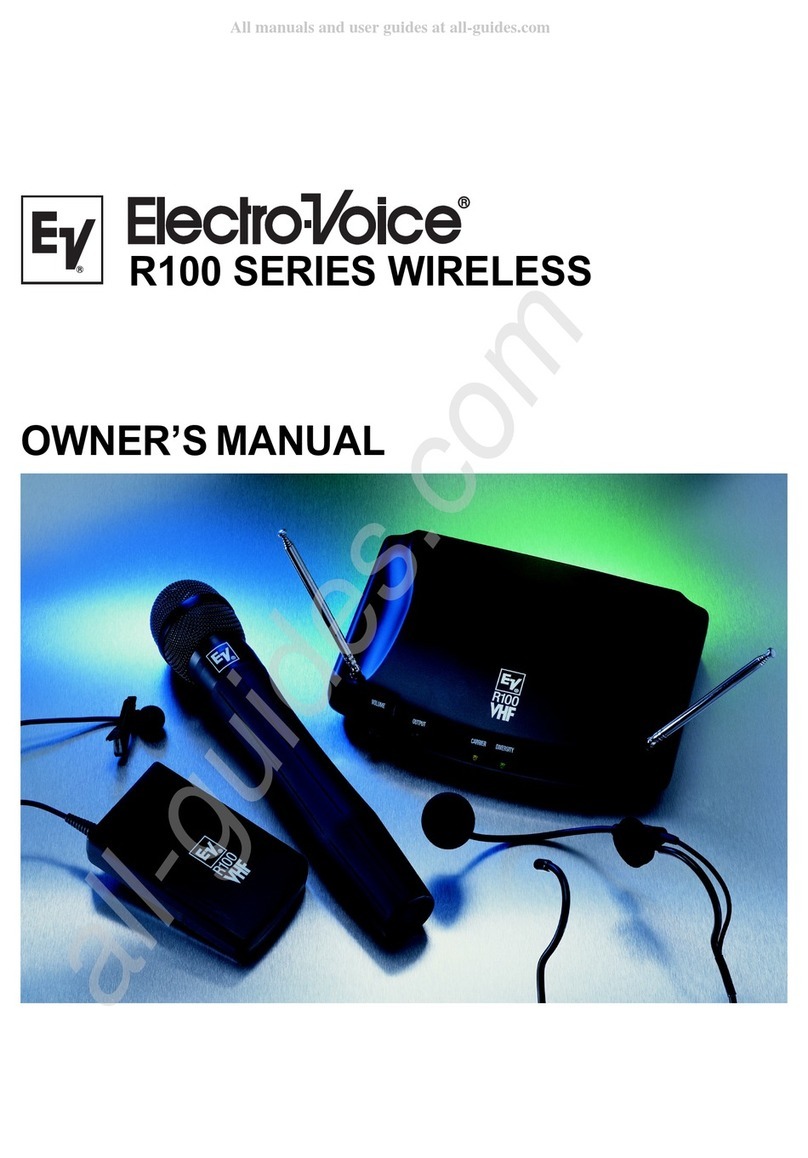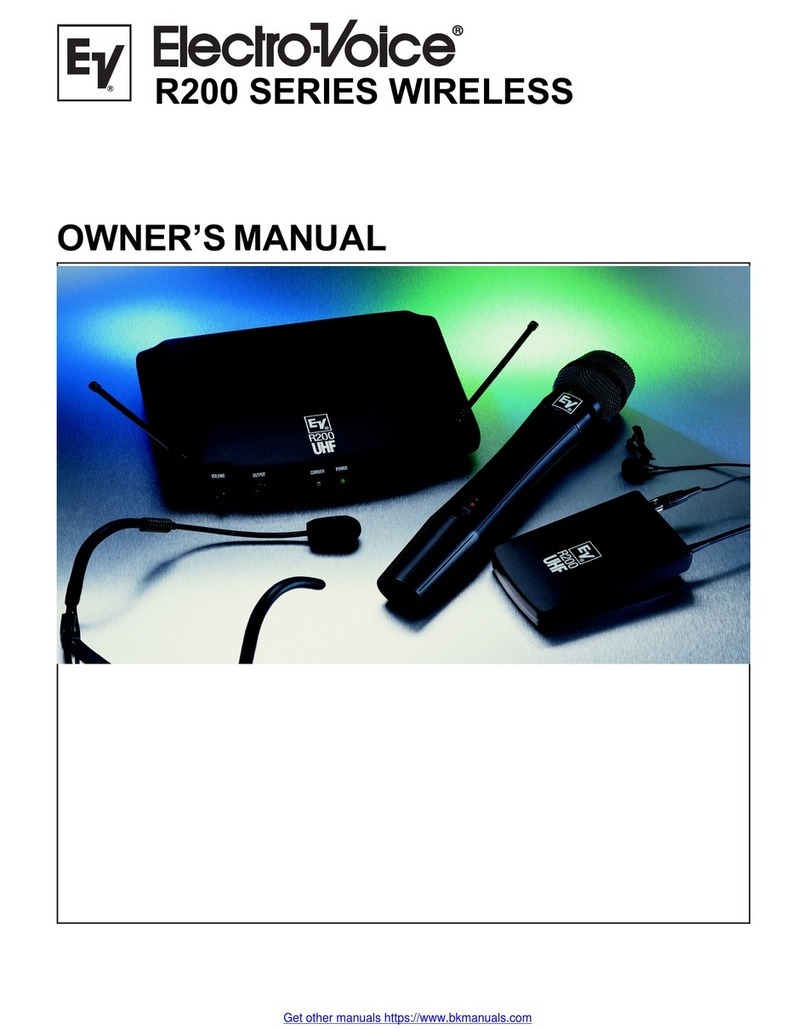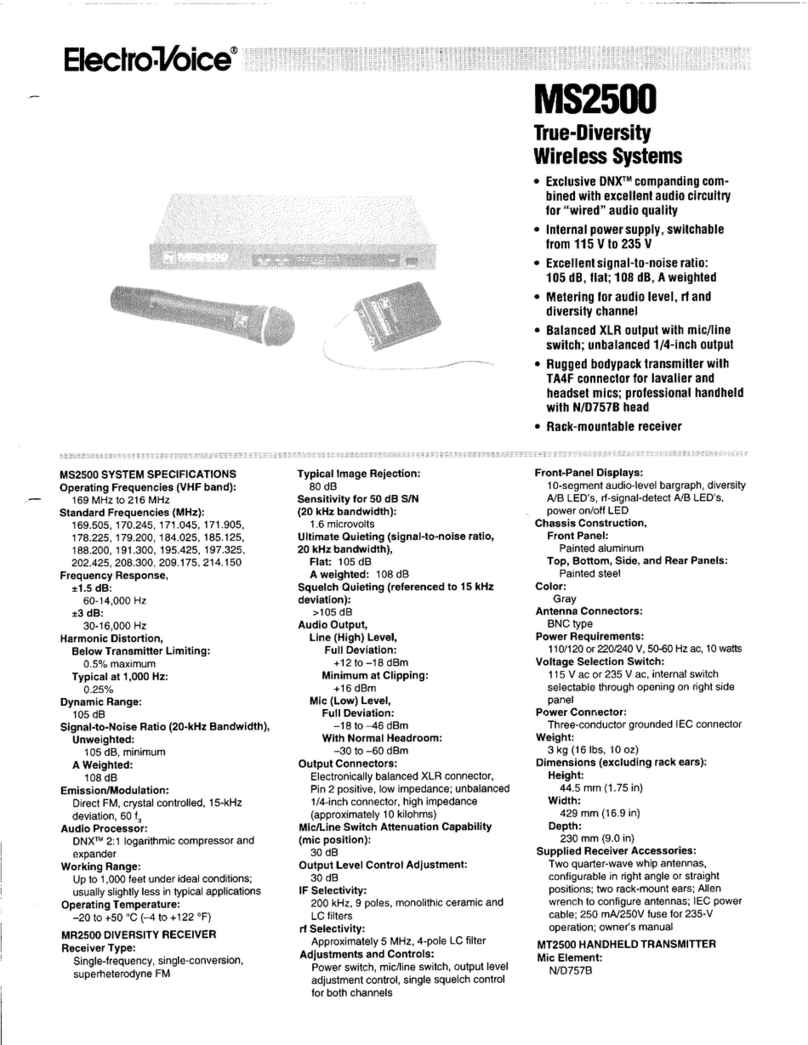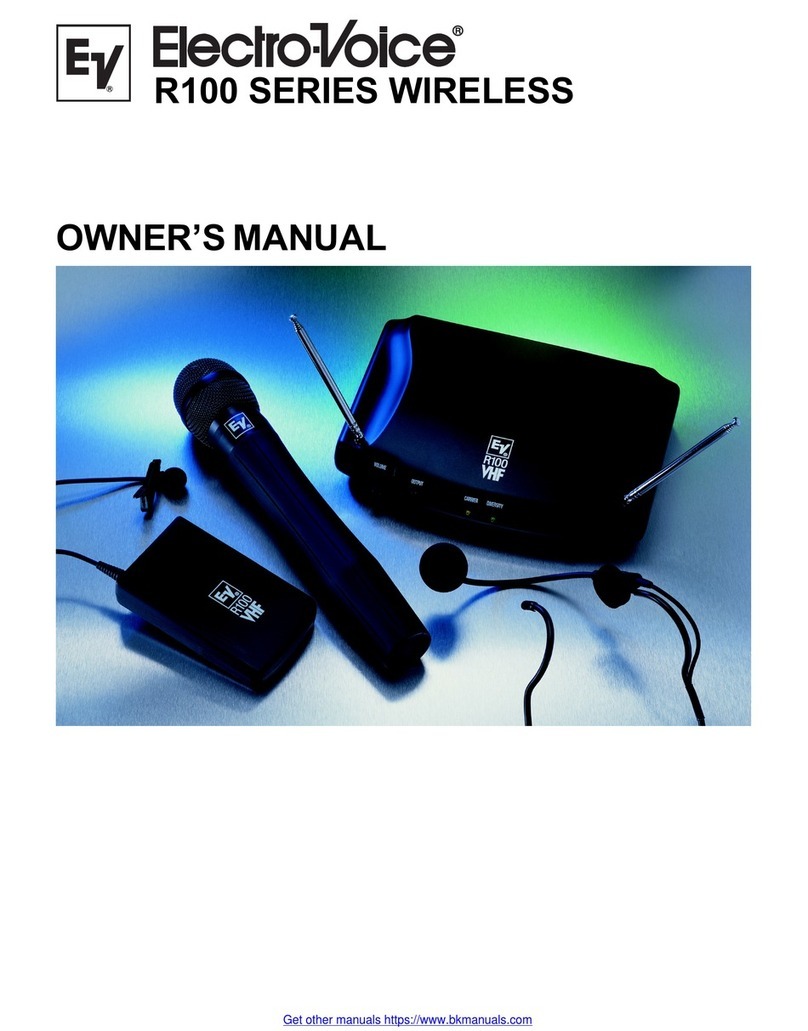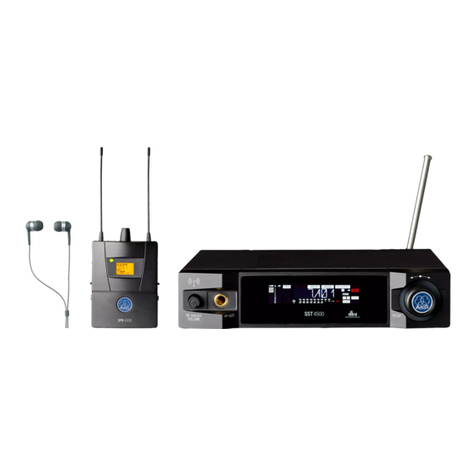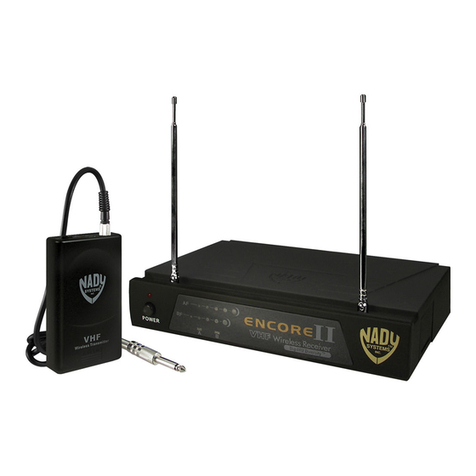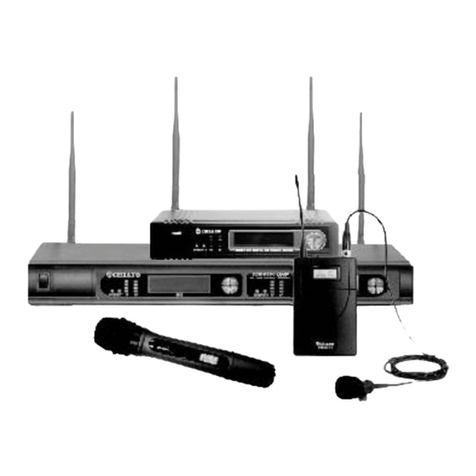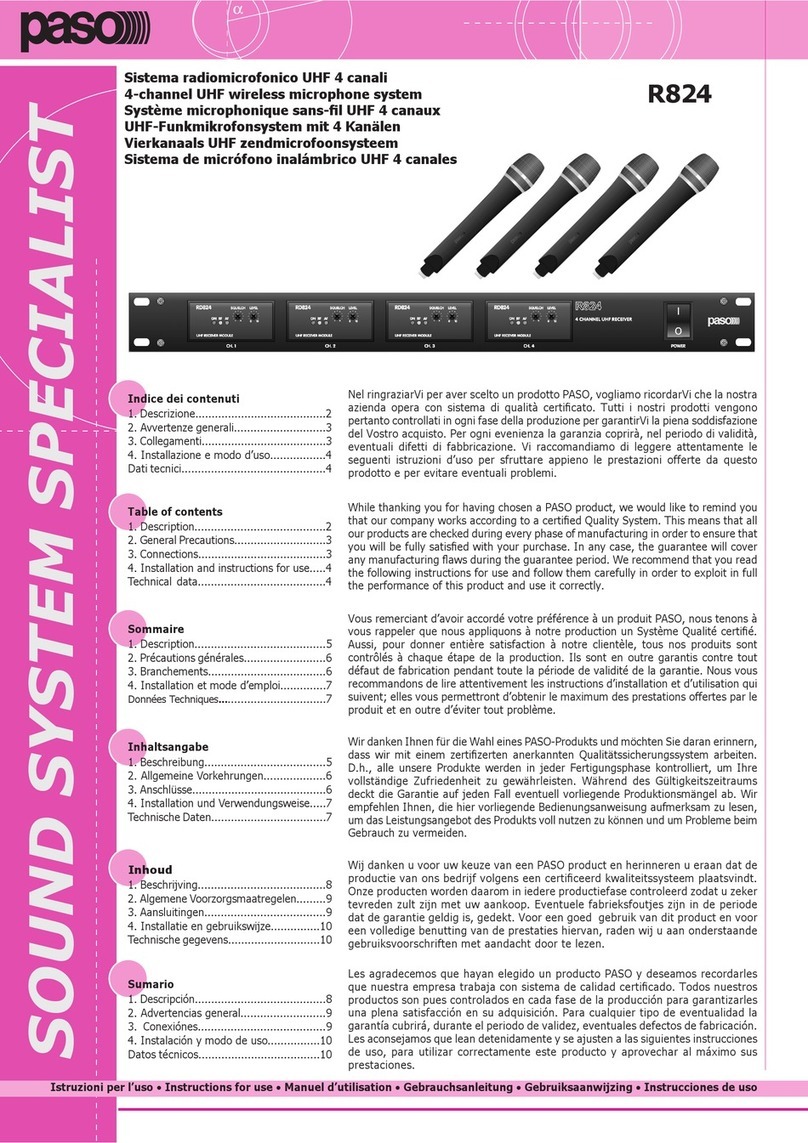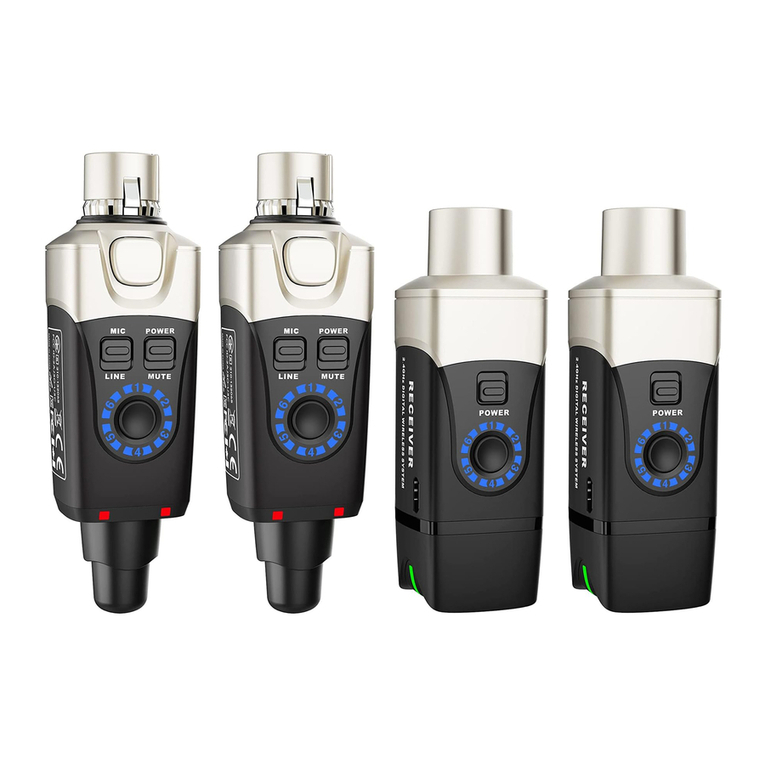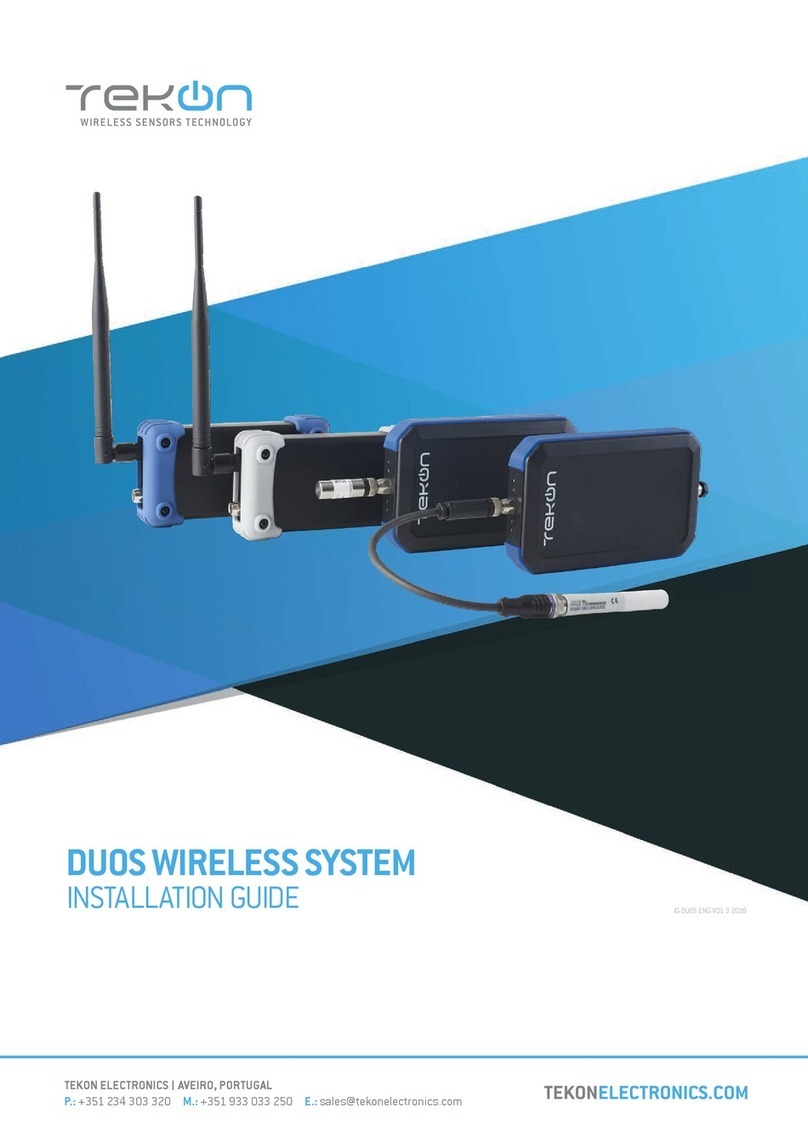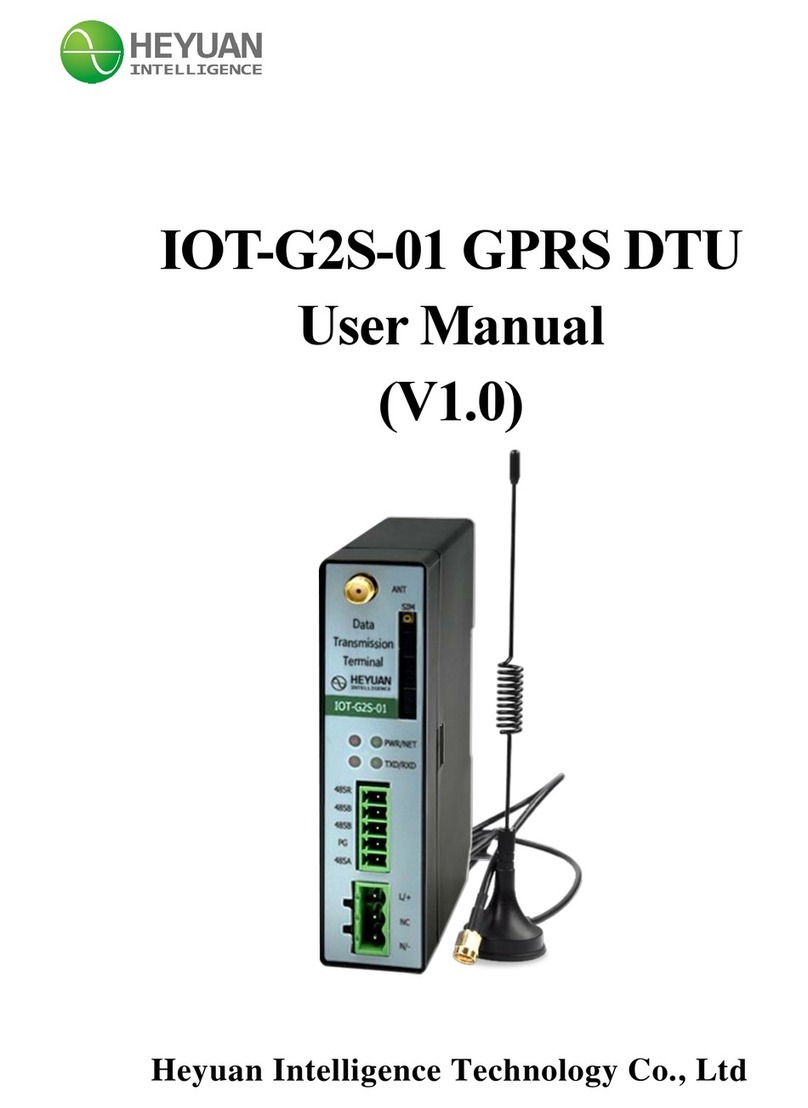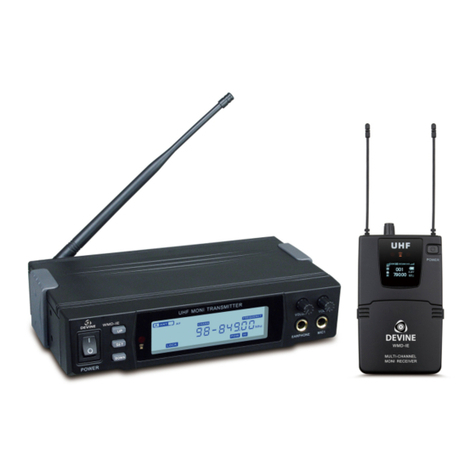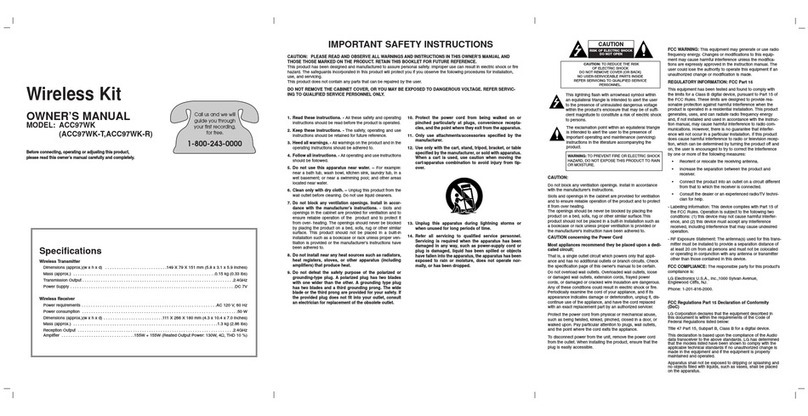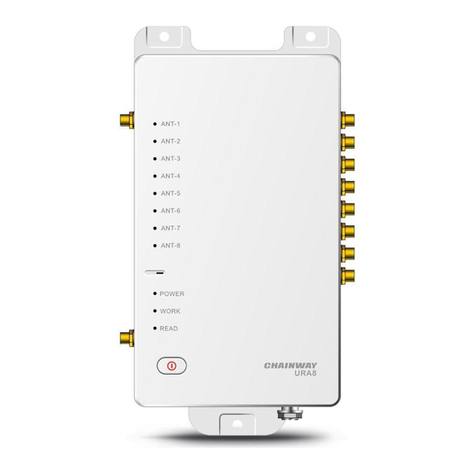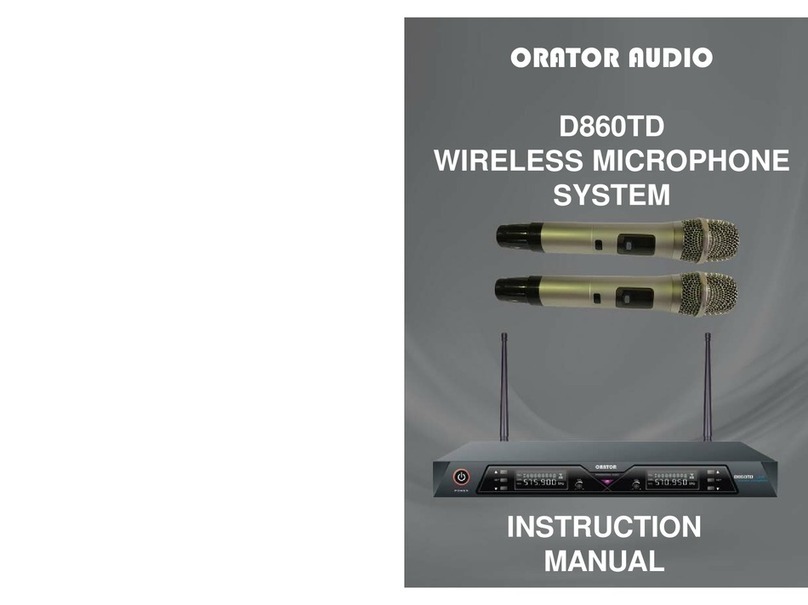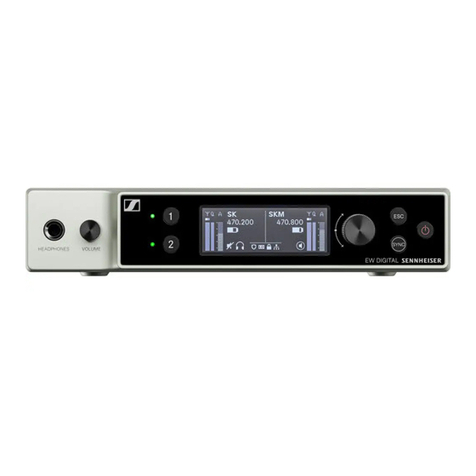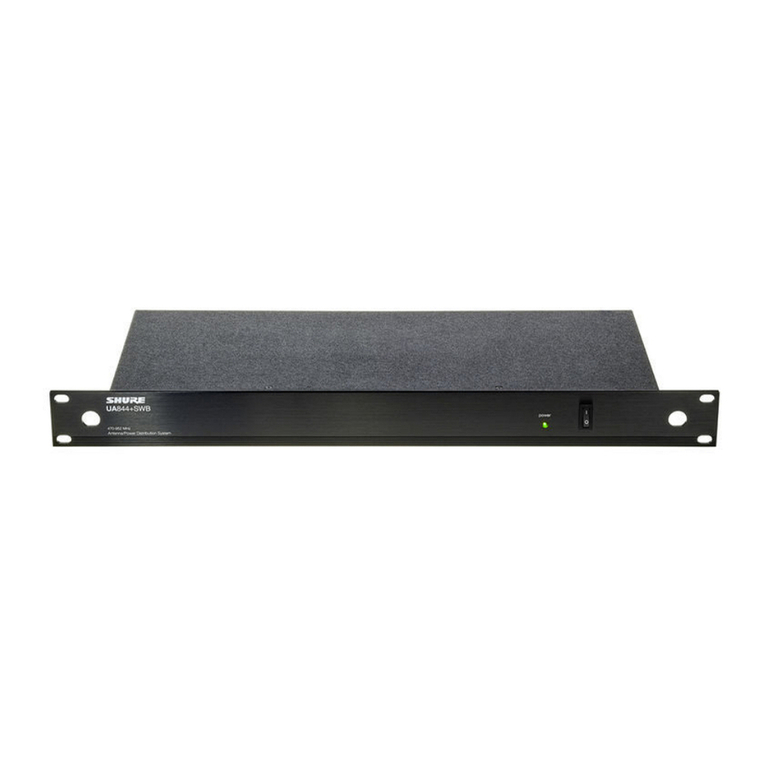
Transmitter On/Off Lock-Out
There are two On/Off lockout modes available, One Time and
Everytime.
One Time: Cycle the power switch 3 times in under 3 seconds
and On-Loc will be displayed for a second and then return to
normal operation. The power switch alone will no longer turn
the unit off. To turn the unit off, put the power switch in the
off position (On-Loc will be displayed) open the battery door
and press [Set], [Up], or [Down] and the unit will power
down. The next time the unit is powered on, the power switch
will operate normally.
Everytime Use: With the unit on and operating in the normal
mode, press and hold [Set], [Up], and [Down] for 3 seconds.
On-Loc will be displayed and the power switch alone will no
longer turn the unit off. To turn the unit off, put the power
switch in the off position, (On-Loc will be displayed), open
the battery door and press [Set], [Up], or [Down] and the unit
will power down. The next time the unit is powered on, the
On-loc function will still be on. To enable the power switch,
press and hold [Set], [Up], and [Down] for 3 seconds (On-Off
will be displayed).
Guidelines and Recommendations
for Best Performance
Compatibility
The transmitter and receiver must be of the same frequency
band and set to the same group and channel in order to work
together. The RE-2 is available in two frequency bands, A and
B. The band information is available in the Group/Channel
edit screen on the receiver, the bottom label on the handheld
transmitter, and on the back panel label on the bodypack.
Using Multiple Wireless Systems
If two or more RE-2 systems and/or other UHF/VHF wireless
systems are being used in the same location, proper frequency
coordination is necessary to avoid interference. All channels
in the RE-2 factory set groups are designed to work together,
so if channels from just one group are used no further
coordination is required. Contact your dealer or Telex for as--
sistance if you are planning more systems or using the RE-2
with other wireless equipment.
IMPORTANT NOTE: Always use the smallest preset group
that meets your needs. For instance, if you want to set up 6
units, use one of the groups of 8 frequencies. The smaller the
preset group, the more compatible the frequencies are.
Multiple Systems
and Advanced ClearScanTM
Because all of the channels in the factory set groups are com--
patible, Advanced ClearScanTM can be used to set up multiple
systems quickly and with confidence. When setting up more
than one system, set up the first system using the ClearScanTM
All function.
Once the working Group has been established, leave the first
transmitter on, set the next receiver Group to the working
Group and run ClearScanTM Group. This will provide the next
clearest channel in that group. Set the transmitter to match,
leave it on and repeat until all the systems are set up. If you
run out of clear channels in one group but need to set up more
systems, contact your dealer or Telex for assistance in choos--
ing additional frequencies.
Potential Sources of Interference
There are many potential sources of interference for your
wireless system. Any electronic product that contains
digital circuitry including digital signal processors
(reverb/multi-effects units), electronic keyboards, digital
lighting controllers, CD and DVD players, and computers, all
emit RF energy that can adversely affect the performance of
your wireless system. It is always best to place the receiver as
far away as possible from these devices to minimize potential
problems.
Analog and Digital Television stations can also interfere with
your wireless system. The RE-2 is designed to operate over 24
MHz of RF bandwidth, which covers four TV channels. The
factory presets on the RE-2 are optimized for conditions
where one or possibly two of the four stations are covered in
your area. If three of the four stations are used in your area, it
will severely limit the number of systems that will operate to--
gether and you should be using a different band.
Battery Recommendations
Fresh 9-volt alkaline batteries form a quality manufacturer
will yield the best performance from your RE-2 transmitters.
Rechargeable 8.4-volt Ni-Cad batteries can be used but will
result in much shorter operation time.
When the transmitters are turned on, the red battery LED will
flash once if the battery is good. If the light does not light or
stays lit continuously, the battery is weak or dead. If the light
comes on during use, the battery is weakening and should be
replaced as soon as possible. If sound quality degrades during
use, it may be the result of a weakening battery.
Caution: The battery level indicators, on the transmitters
and receiver displays, are based on the use of alkaline bat--
teries. Use of other battery types will result in false read--
ings on these indicators although the battery low LED on
the transmitters will operate normally.
Receiver and Antenna Placement
Do not place the receiver near a large metal object or surface.
Locate the receiver as close as possible to the area where the
transmitter will be used. Ideally, position the receiver/antennas
within sight of the transmitter. When using multiple systems,
do not allow antennas to cross or touch each other. For best re--
sults with multiple receivers, use an APD4 antenna splitter.
(See Section 7).
-8-

